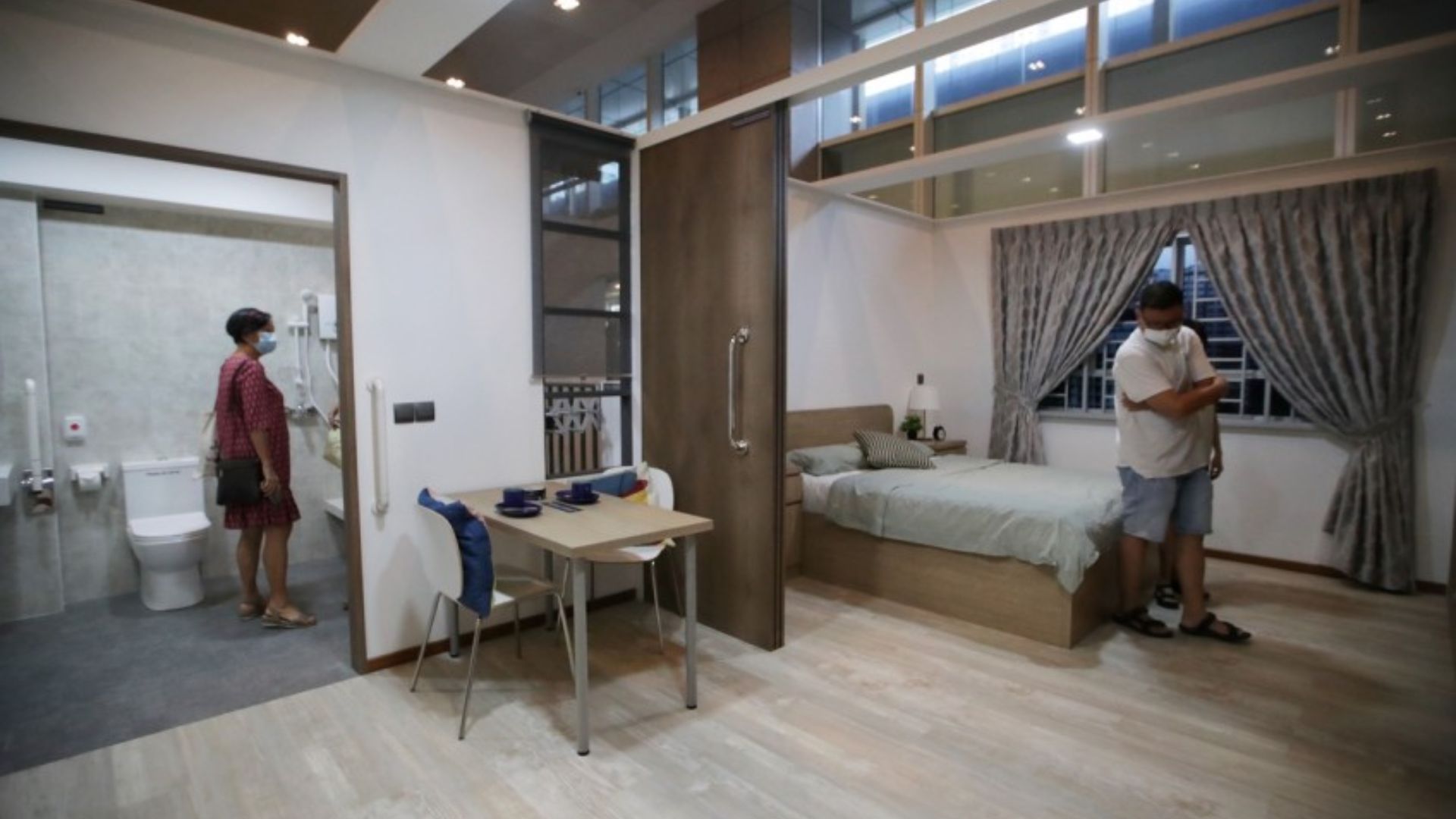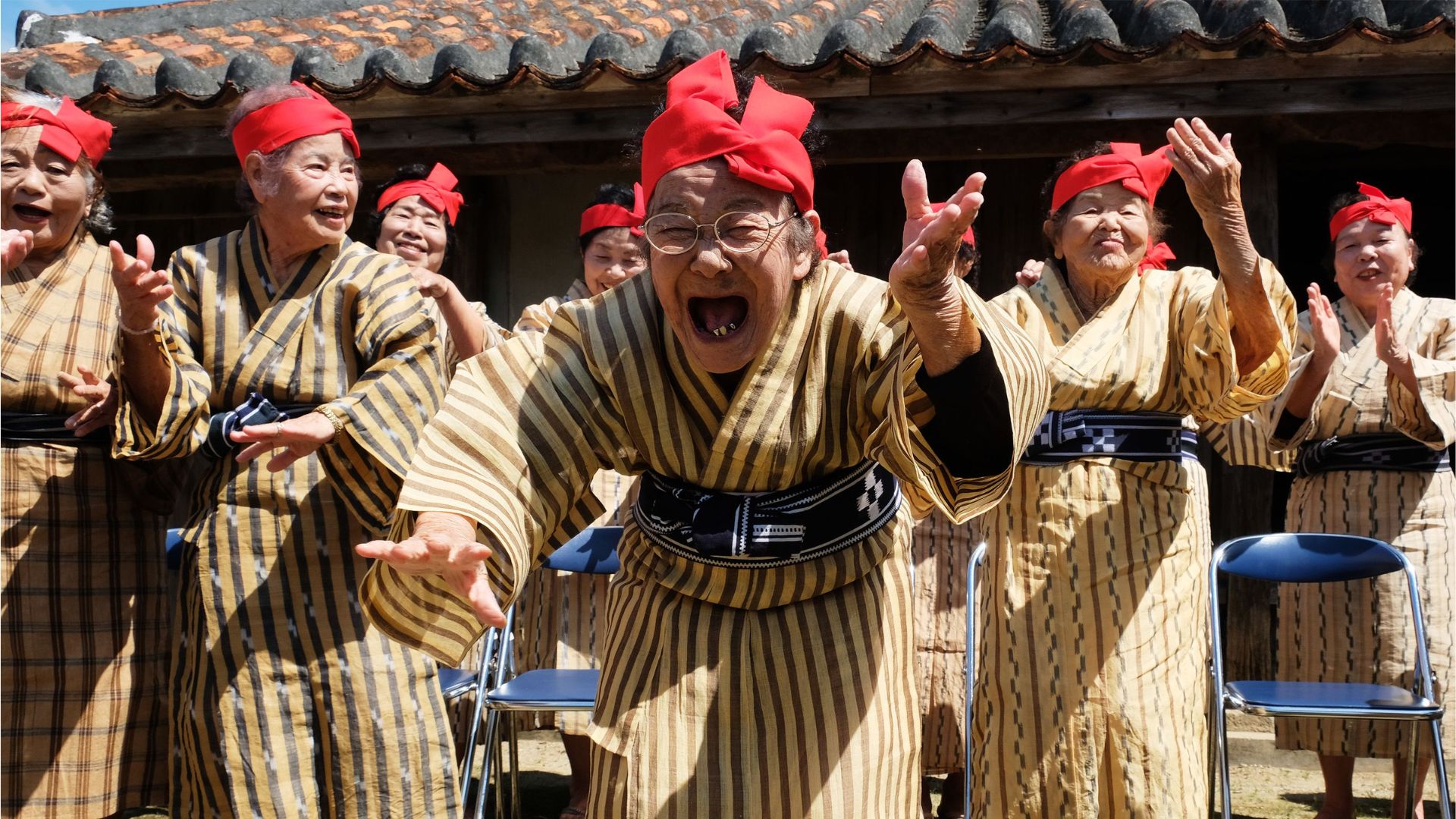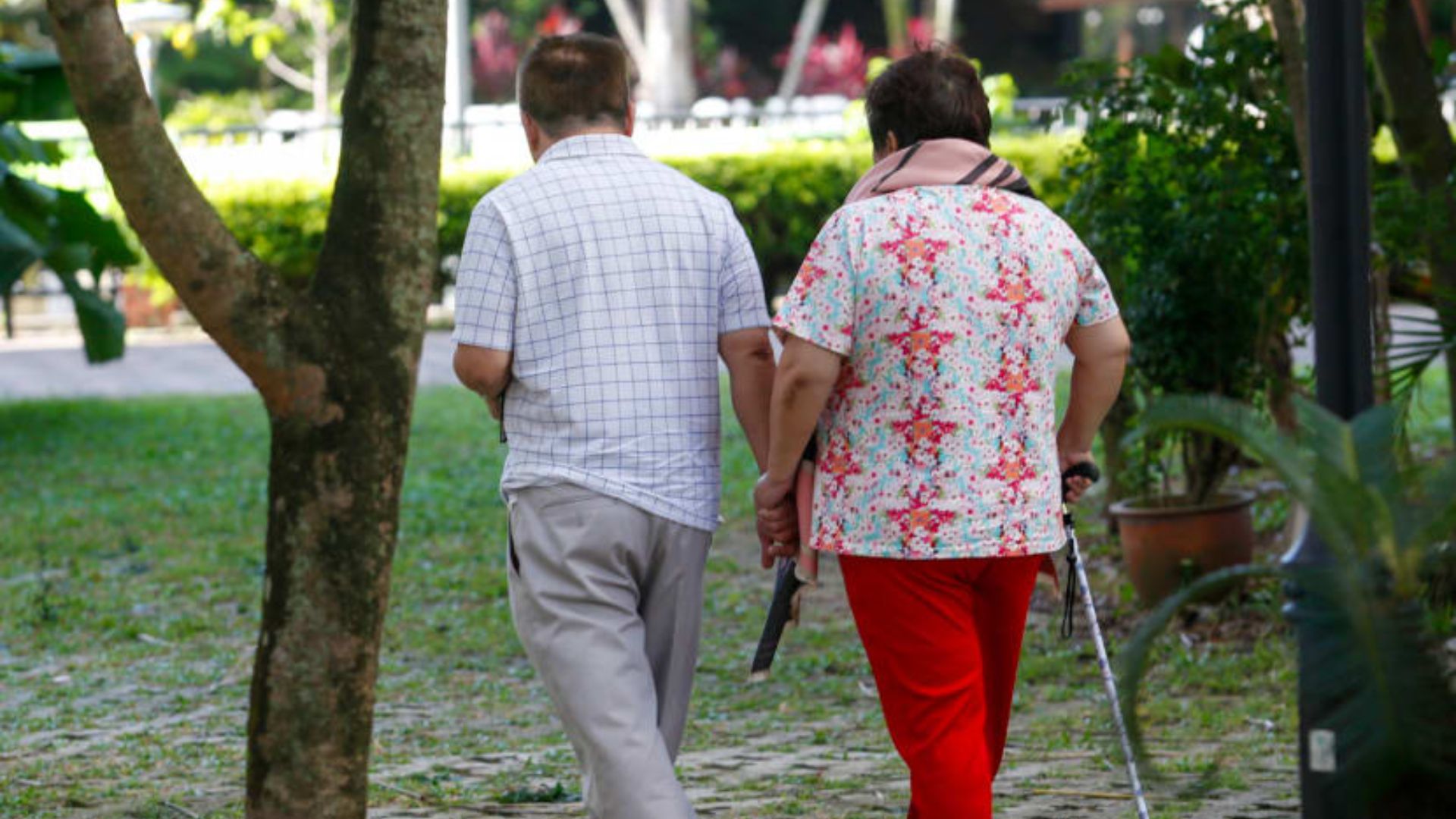What is the deal with ageing in Singapore?
With one in four Singaporeans aged 65 or older by 2030, there is the need to chart the way forward to grow old more confidently and gracefully.
Yet, Singapore still talks about the growing longer life expectancy, without realising that health expectancy has a 10-year debt behind longevity.
“And Healthier SG really comes with the idea of hoping to push the health span longer so that it’s closer to our life expectancy,” says social cultural anthropologist Thang Leng Leng.
Singapore tends to focus more on health, according to her.
In our monthly Big Read Unwrapped, TheHomeGround Asia takes a closer look at how the elderly here can age comfortably in place.

The Japanese experience
With a growing preference among the elderly to age in place, staying put and spending their golden years in their own homes, the government has launched Community Care Apartments (CCAs) for home buyers aged 65 and above. This is an affordable housing option with senior-friendly features and care services scaled according to care needs.
The first lot of CCAs in Bukit Batok went on sale in the February Build-to-order (BTO) exercise and the second pilot, part of the upcoming Health District in Queenstown, will be launched later this year.
“One important aspect is getting people to recognise the importance of a purposeful life. Purposeful in the sense that we motivate people to do things that will be good in later life; for example, encouraging people to volunteer, to think about volunteering, to come together and contribute to the community, and to engage in lifelong learning. And if they prefer to work part time, some flexible work,” says Dr Thang, who is also from the Department of Japanese Studies at the National University of Singapore (NUS).
Dr Thang, who has been studying ageing in place in Japan, says, “Japan now is really moving towards ageing in place to have an integrated community care system for every individual older person. Among the kind of services are the small scale multifunctional centres. How it pans out to be or how many such services are available depend on the areas,” she says.

According to Dr Thang, some of these centres are in houses left empty after its elderly owner died and the children have moved away.
“These vacant houses are being used as services for the community and they have a whole host of services for the older people. They could be running meal services for older people who are living close by, they could be a daycare service or even respite care where the older people could be sent for short periods or even for end of life care. So we do see cases of people living there, staying overnight where they passed. … I thought that’s quite an interesting way of allowing for the community to develop because of the services that were able to support them,” she says.
Shaping the future of healthy ageing in place
Dr Thang says during discussions on how general practitioners (GPs) can play important roles, “I was thinking wouldn’t it be good for the clinics to have maps of the neighbourhood to tell you where the walking routes that are good enough are”?
“So that when people visit the clinics, they can also really get to know how to stay healthy, how to eat healthy with all the information available. … I would like to know if I’m walking in the neighbourhood where some of the best routes are and where some of the exercise stations are, and I would like to get this kind of information while I’m just really doing nothing while I’m waiting at the GP clinic. That will actually help me think of changing my lifestyle,” she says.

Still, the main thing about aging is “who is going to care, and who’s going to pay”.
“If you saved enough, and you have enough finances, then that’s okay. But you still have this issue of who is going to care. … Quite often, older people will say, ‘I want to go to a nursing home’. It’s not because they want to go but because they think they don’t want to be a burden to their children. How can we help people who feel that they will be much more comfortable ageing in place at home, to be able to continue to do so?” she asks.
“What it means is that our house, our environment have to be age friendly, so that you can go out in a wheelchair comfortably. But if your home is not age-friendly and you have fall risk, it’s more dangerous staying at home than to move to somewhere that’s safer.,” Dr Thang adds.
“There are different concerns and different things that we have to plan for. Nowadays, people in their 50s and 60s will have to start thinking. Do I want to stay in this place? Should I move to a smaller place because my children have grown up and moved out so I don’t need such a big place?. Can I move to somewhere smaller? What are the options for me and where to stay? And do I want to reach a place? So those are things that people in their 50s and 60s are starting to think about. … I think planning for later life also includes planning for your living environment, for your home environment to be able to support you for ageing in place,” she sums.
RELATED: Ageing in place: Is it even possible in Singapore?
Join the conversations on TheHomeGround Asia’s Facebook and Instagram, and get the latest updates via Telegram.





























